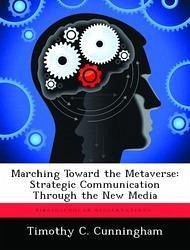Traditional models representing how messages are communicated through traditional media are inappropriate for depicting how they are communicated (or, rather, exchanged) through the new media. The former depict monologic (one-to-many) communication flows, whereas dialogic (peer-to-peer and many-to-many) flows represent the dominant mode of communication in the new media universe. Writers in government and military circles tend not to portray new media strategic communication as wholly separate and distinct from strategic communication through traditional media. This monograph explains how new media strategic communication is fundamentally different from strategic communication through traditional media and then applies this understanding to the re-conceptualization and re-design of government new media strategic communication efforts. The overarching conclusion offered is that successful strategic communication in the new media universe is no longer the exclusive domain of professional strategic communicators insulated from most aspects of mission execution. To compete with the proliferation of messages exchanged in today's Attention Economy, the government and military must co-opt the skills of nearly all personnel charged with carrying out disparate aspects of policy, critically those in theater (Provincial Reconstruction Teams, District Support Teams, etc.).
Hinweis: Dieser Artikel kann nur an eine deutsche Lieferadresse ausgeliefert werden.
Hinweis: Dieser Artikel kann nur an eine deutsche Lieferadresse ausgeliefert werden.








